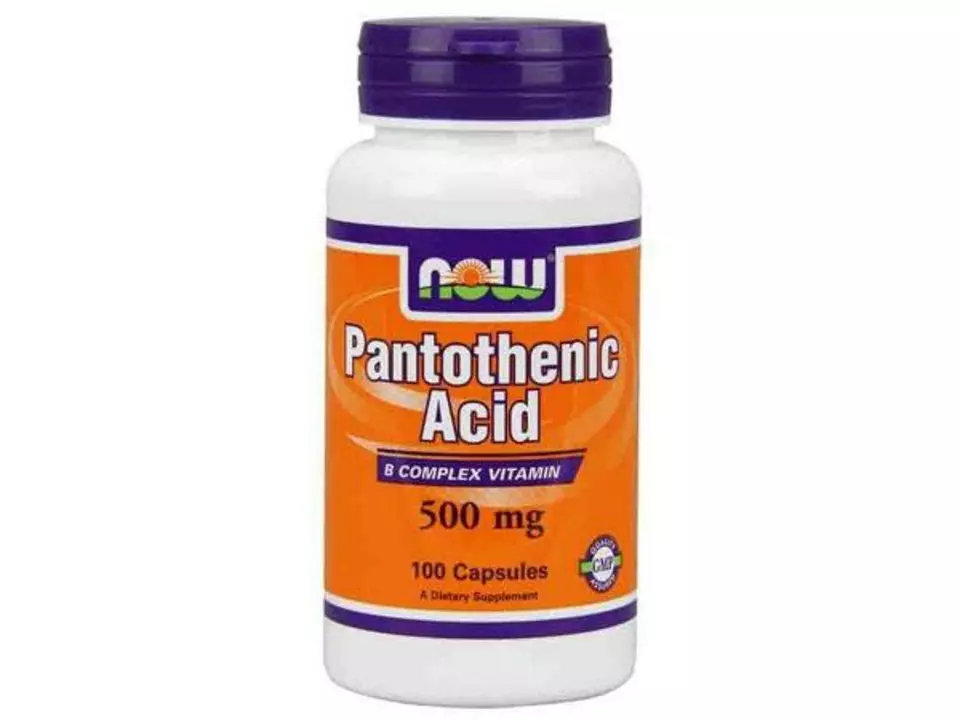Hyaluronic Acid: What It Does and How to Use It
Hyaluronic acid (HA) is a naturally occurring molecule that holds water — a lot of it. In skin care it boosts hydration and plumps fine lines. In medicine it’s used as a filler for wrinkles and as injections for osteoarthritis. This quick guide tells you how to pick the right form, use it safely, and get real results without confusion.
Topical HA: serums and moisturizers
Topical HA is great for everyday hydration. Look for serums that list “sodium hyaluronate” or “hyaluronic acid” near the top of the ingredients. Concentrations vary — many products sit between 0.1% and 2%. Higher isn’t always better; formulation and molecular weight matter more.
Practical tips: apply HA to damp skin so it can pull in moisture, then seal with a moisturizer. Pairing HA with vitamin C in the morning and retinol at night is common and usually safe, but introduce one product at a time. If you have very reactive skin, do a patch test first.
Fillers, joint injections, and supplements
HA fillers are cross-linked gels used by trained clinicians to restore volume and smooth deep lines. Results can last from about 6 months up to 18 months depending on the product and area treated. Common side effects are temporary swelling, redness and bruising. Rare but serious risks include vascular occlusion — that’s why only licensed professionals should inject fillers.
For joint pain, viscosupplementation uses HA injections into the knee or other joints. Some people get a series of injections (often one per week for a few weeks) and notice relief that lasts months. Effectiveness varies by person and by brand; talk to your doctor about expected benefits and risks.
Oral HA supplements are available too. Typical doses used in studies are in the low hundreds of milligrams per day. Some people report improved skin hydration or joint comfort over weeks, but responses differ and evidence is mixed. If you try supplements, pick trusted brands and check for third-party testing.
One useful detail: molecular weight affects performance. High-molecular-weight HA sits on the skin surface and gives instant smoothness. Low-molecular-weight HA penetrates deeper but can be more irritating for some people. Many effective serums use a mix of sizes for both immediate and lasting effects.
Safety checklist: avoid injections from unlicensed providers, stop topical use if you get intense irritation, and tell your doctor about HA supplements before procedures. If you’re pregnant or breastfeeding, ask your clinician — data are limited.
Where to buy: pharmacies, reputable skincare brands, or licensed clinics for injections. Read reviews, check ingredient lists, and prefer products with transparency about concentration and molecular weight. Want a quick starter pick? A simple 1% HA serum applied to damp skin and followed by a moisturizer is a low-risk way to see benefits fast.
If you have a specific concern — stubborn dry patches, early aging lines, or joint pain — mention it and I’ll suggest options tailored to that problem.
Lately, I've been hearing a lot of buzz around Hyaluronic Acid and I just had to find out why everyone is talking about it. After some research, I discovered that this dietary supplement is known for its incredible ability to retain moisture, which is essential for healthy skin, joints, and eyes. Many people have shared their positive experiences with Hyaluronic Acid, claiming it has helped reduce the appearance of fine lines and wrinkles, and even improved joint health. I have to admit, I'm quite intrigued by this supplement and its potential benefits. If you're also curious about Hyaluronic Acid, I definitely recommend looking into it further and considering whether it could be a great addition to your daily routine.



